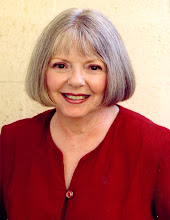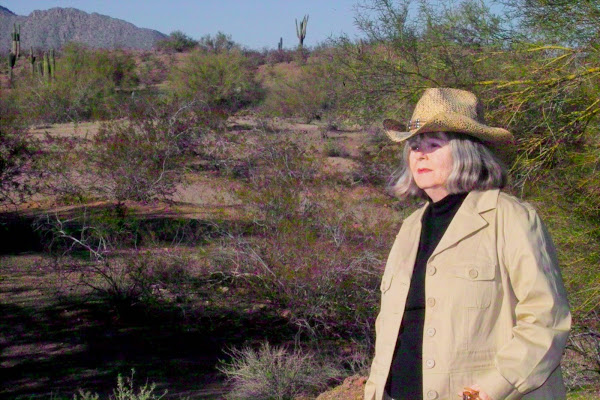Okay, now I’ve come clean about how I actually write that first draft. And, as I’ve admitted, my first drafts are little more than stream-of-consciousness scratchings that continue on for around 200-300 pages. So now what?
The first thing I do is go back over that first draft and make a list of everything included in each chapter -- page length, day of scene, scene setting (office, desert, harbor, whatever), who is in the scene/s (I always put characters’ names in caps), and what actually happens. For "The Anteater of Death," my new book (to be released November 1) a sample chapter listing looked something like this:
Chapter 12. Pgs. 132-148. Tuesday a.m. In zoo and on houseboat. While feeding the animals at the zoo, TEDDY sees child fall into bear pit, jumps in to rescue him, almost gets killed by RIO, the Andean bear. Saves child. Goes home to MERILEE (her houseboat), makes list of people who might have killed GRAYSON. CARO (Teddy’s socialite mother) stops by, begs her to quit zoo and marry rich guy. TEDDY and CARO argue until CARO leaves. Then SHERIFF JOE (Teddy’s boyfriend) stops by, tells TEDDY to stop meddling in murder case, that she might get killed. TEDDY refuses, JOE leaves, both furious and terrified for her.
By the time I’ve done this with each and every chapter, I have an idea of where the "flat" spots in the book are, and where I’ve set too many back-to-back scenes in the same spot (a good mixture of outside and inside scenes are necessary to keep readers from getting bored with the same old same old). At this point, I frequently start shuffling scenes in order to keep the tension in the book (also known as the Arc of Action) consistently on the rise. Sometimes I take out entire chapters and/or scenes because they don’t really contribute to the Arc of Action. And sometimes I delete characters for the same reason, or because two characters are too much alike. As a general rule, I usually cut about one-third of the characters that I started the book with. Now that the chapters have been "shuffled" (their order changed), I write new "connectors" -- commonly known as "transitions" where needed. THIS IS DRAFT TWO.
Once I’m satisfied that the book is steadily rising in tension along the Arc of Action and that no absolutely unnecessary chapters, scenes, or characters remain in the book, I start the actual "writing." Because remember, that original first draft is a total mess, lousy with passive voice, passive verbs, sentence fragments, ass-backwards sentences, and God knows what all. So I fix the language to the best of my ability. THIS IS DRAFT THREE.
Once Draft Three is finished, I print out the entire manuscript and read it from start to finish. Does the story continue to move forward, with constantly rising tension? Are there any plot holes? Do the characters remain true to themselves? Are they different enough from each other? Have I used all five senses in doing my descriptions (smell, hearing, sight, touch, taste)? Have I set up each scene quickly, in a journalistic manner (who, what, when, where)? Chances are, I haven’t in some areas, so I go back and fix what needs fixin’. And I also do some final fact-checking (such as making certain that Giant Anteaters have no teeth). THIS IS DRAFT FOUR.
Now onto DRAFT FIVE, where I tighten the language even further and fix every typo I can. When I’ve done that, I send the book off to my agent, who then forwards it to my publisher.
At that point, my editor usually asks for a few minor changes -- and I make them (Barbara Peters knows more about mysteries than I do!). After I've sent those changes to her, she looks them over, then sends the manuscript off to be copy-edited. And we're on our way!
Yes, this is a long, complicated process, and it usually takes about a year. But as soon as I've found a quicker, easier way to write a book, I'll let you know!
By the way, check out the interview with me on Suite 101. It just won an Editor's Choice Award!http://mysterycrimefiction.suite101.com/article.cfm/writers_rituals_betty_webb
If the link doesn't come up when you click it, just cut and paste it into your web browser.










1 comment:
Great posts, Betty. Thank you for sharing what works for you.
Post a Comment